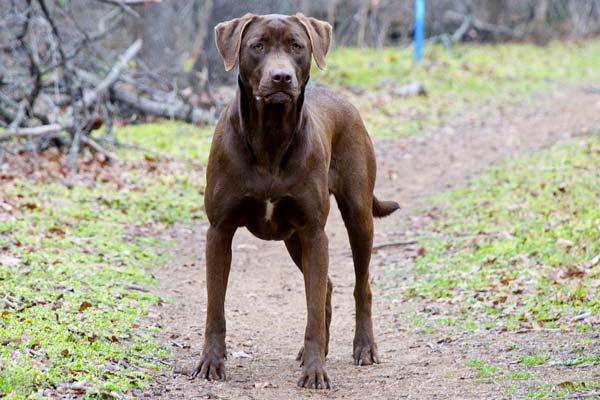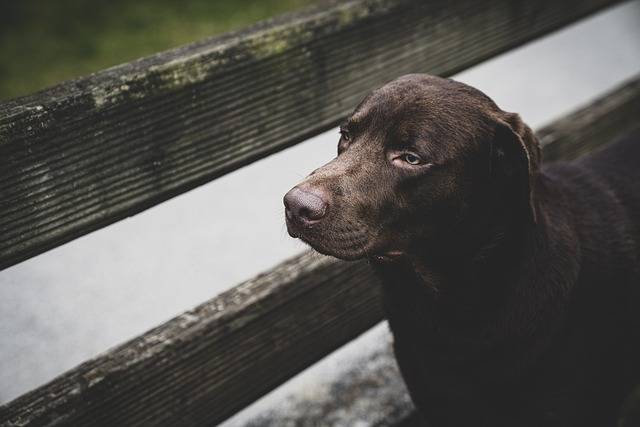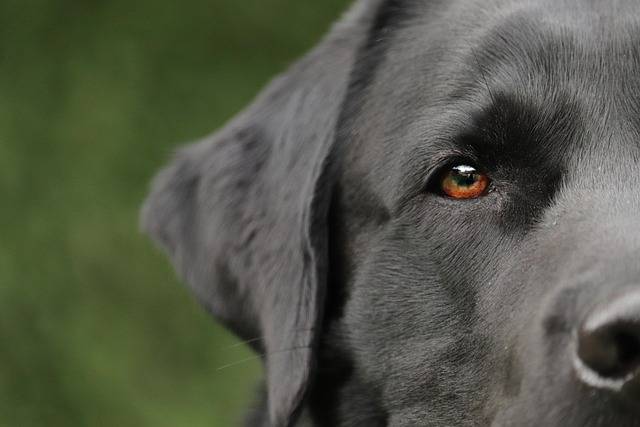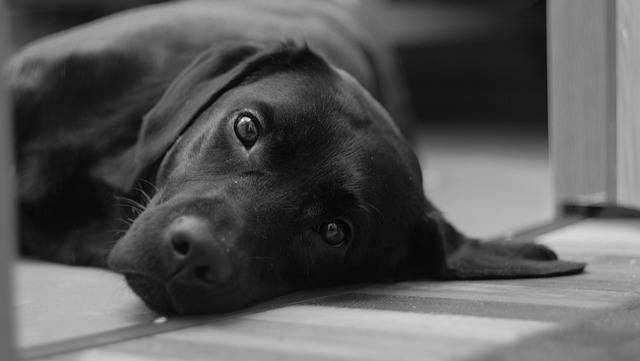Labrador Retriever Puppy Training Tips: How to Train Your New Pup
Labrador Retrievers are among the most well-liked dog breeds globally, and it’s easy to see why. They are friendly, loyal, and intelligent dogs that make great companions.
However, like all puppies, they require proper training to become well-behaved adult dogs. This article will provide some Labrador Retriever puppy training tips to help you raise a happy and well-behaved furry friend.
Teaching a Labrador Retriever puppy can be enjoyable and fulfilling but might also be challenging. When training your pup, staying patient and maintaining consistency are crucial.
Puppies have short attention spans and may take longer to learn specific commands, so it’s essential to be patient and not get frustrated.
Consistency is also crucial, as puppies thrive on routine and repetition. Using the same commands and training methods every time can help your puppy learn more quickly and effectively.
Several areas of training are essential for Labrador Retriever puppies. These include potty training, socialization, obedience training, and leash training.
Focusing on these areas and using positive reinforcement techniques can help your puppy develop into a well-behaved and happy adult dog.
Labrador Retriever Training Basics
When training a Labrador Retriever puppy, owners should keep a few basic principles in mind.
The following sub-sections will cover obedience training, positive reinforcement training, and crate training methods to help ensure a well-behaved and obedient companion.
Obedience Training
Obedience training is a vital aspect of teaching a Labrador Retriever puppy. This training involves learning basic commands like “sit,” “stay,” and “come.” It’s best to begin obedience training as soon as possible, ideally when the pup is between 8 and 12 weeks old.
Owners should use positive reinforcement techniques such as treats and praise to train a Labrador Retriever puppy in obedience. Consistency and patience are key; training sessions should be short and frequent.
Positive Reinforcement Training
Positive reinforcement training is a technique that encourages good behavior by giving treats, compliments, and love. This method is built for dogs to continue to do rewarded actions and stop doing those that aren’t.
To use positive reinforcement training with a Labrador Retriever puppy, owners should reward good behavior with treats and praise. This can include giving the puppy a treat when they sit on command or praising them when they come when called.
Crate Training
Crate training is a way of teaching that uses a crate or kennel to provide a secure and cozy area for the pup. This training can assist in housebreaking a puppy and ensuring their safety and security when they’re not being watched.
To crate train a Labrador Retriever puppy, owners should start by introducing the puppy to the crate and making it a comfortable and inviting space.
They should then gradually increase the time the puppy spends in the crate, using treats and praise to reward good behavior.
Teaching a Labrador Retriever puppy needs patience, steadiness, and positive reinforcement methods.
Puppy owners should be ready to put in time and energy for training and might want to seek professional assistance.
Socialization and Behavioral Training
Labrador Retrievers are famous for their warm and loving personalities, which is why many families prefer them. But if they don’t get the proper socialization and behavior training, they could develop issues like aggression and too much barking.
Here are a few suggestions for socializing and training Labrador Retrievers puppies in behavior.
Potty Training
Potty training is a super important part of teaching a puppy. Begin by setting up a routine for your pup’s meals and bathroom breaks. After eating, napping, or playing, take your puppy to the chosen potty spot outside.
When your puppy goes potty outside successfully, use treats and compliments as positive reinforcement. Keep being patient and continue the training; soon enough, your puppy will learn to go potty out.
Leash Training
Leash training is a big part of teaching a puppy too. Begin by showing your puppy the leash and collar in a comfortable and relaxed setting. Let your pup get familiar with wearing the collar and leash before taking them for walks.
Give treats and compliments when your puppy walks nicely on the leash. Slowly make the walks longer and farther as your puppy gets used to the leash.
Training with Other Dogs
Getting your puppy to befriend other dogs is essential for their growth. Begin by introducing your pup to lovely, well-mannered dogs in a safe place. Watch your puppy play with the other dogs and make sure they behave.
Give treats and compliments when your puppy gets along well with other dogs. Slowly let your puppy spend more time and have more playdates as they get used to other dogs.
Remember, if your puppy shows aggressive or naughty behavior, you might need help from a pro. Talk to a vet or a dog expert if you need extra assistance.
Labrador Retriever Puppy Care
Caring for a Labrador Retriever puppy involves focusing on several key areas: grooming, exercise, playtime, teething, and chewing.
Grooming
Labrador puppies have fluffy, double-layered coats that need frequent brushing to stay friendly and healthy. Brushing your pup’s fur helps remove dirt and loose hair, stops tangles, and spreads natural oils all over the coat.
It’s also super important to cut your puppy’s nails often so they don’t grow too long and make your pup uncomfortable.
In addition to regular grooming, keeping up with your puppy’s dental care is essential. Brushing your puppy’s teeth regularly and providing chew toys can help prevent dental problems.
Exercise and Play
Labrador puppies are energetic and love to play, so providing them with plenty of opportunities for physical exercise and mental stimulation is essential. This can include activities like going for walks, playing fetch, and swimming.
Picking suitable toys is essential – they should be safe and long-lasting. Chew toys are fantastic for keeping your puppy busy and helping with teething; make sure you pick the right ones for your pup’s age and size.
Teething and Chewing
Like all puppies, Labrador Retrievers undergo a teething phase where they may be more prone to chewing on things. Providing your puppy with appropriate chew toys can help to redirect their chewing behavior and prevent damage to your home.
It’s also important to supervise your puppy closely during this time and ensure they don’t have access to anything dangerous or harmful. If your puppy does chew on something, they shouldn’t redirect their attention to an appropriate chew toy and praise them when they use it.
Paying attention to these critical things will help your Labrador Retriever puppy grow up strong, happy, and well-behaved. And always remember to visit the vet for regular check-ups so your puppy stays updated on shots and grows just right.
Labrador Retriever Training for Specific Purposes
Labrador Retrievers are known for their versatility and can be trained for various purposes.
Hunting and Retrieving
Labrador Retrievers are exceptional hunting and fetching dogs. They naturally love to fetch and enjoy being in the water. Train a Labrador for hunting and fetching, starting when they’re young, is essential.
First, teach them basic obedience. Then, introduce them to positive and safe hunting and fetching before moving on to more advanced training.
Service and Therapy Dogs
Labrador Retrievers often become service and therapy dogs too. Service dogs help people with disabilities, while therapy dogs provide comfort and emotional support to folks in hospitals, nursing homes, and other places. You’ll need special techniques and certification to train service and therapy dogs.
Dog Sports
Labrador Retrievers are also well-suited for various dog sports, such as agility and obedience competitions. These sports provide mental stimulation and physical exercise for the dog and an opportunity for the owner and dog to bond.
Training for dog sports should be done positively and safely, and choosing the right equipment, such as collars and leashes, for each sport is crucial.
Labrador Retriever training for specific purposes requires specialized training techniques and knowledge. It is essential to start training at a young age and to provide mental stimulation and physical exercise to keep the dog healthy and happy.
Always put safety first and pick the right gear for each activity. By following these tips and techniques, owners can train their Labrador Retrievers to shine in many different roles and tasks.






